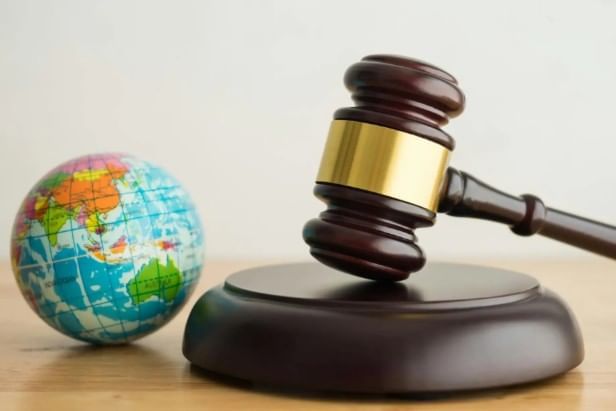Class 1 Exam > Class 1 Notes > General Knowledge for Young Learners > Important Treaties & International Agreements
Important Treaties & International Agreements | General Knowledge for Young Learners - Class 1 PDF Download
Understanding Treaties, Conventions, and Protocols
In today's world, it is increasingly important for countries to come together, especially in the context of globalization. The following are key definitions and differences among Treaties, Conventions, and Protocols:
- Treaties: A treaty is a written agreement between countries (or international organizations that have been given permission to create treaties). Its purpose is to set up a relationship that is managed by International Law.
- Conventions: A convention is a formal gathering or meeting of representatives or delegates. It is held to discuss and take action on specific issues of shared interest.
- Protocols: A protocol refers to an official method or set of rules that directs the conduct of state affairs or diplomatic events.
Below is a list of important International Treaties, Conventions, and Protocols. These documents highlight crucial moments in International history and have played a vital role in shaping International Law and Human Rights:
- Universal Declaration of Human Rights
- Paris Agreement on Climate Change
- North Atlantic Treaty
- Convention on the Rights of the Child
- Vienna Convention on Diplomatic Relations

List of Treaties, Conventions and Protocols

The document Important Treaties & International Agreements | General Knowledge for Young Learners - Class 1 is a part of the Class 1 Course General Knowledge for Young Learners.
All you need of Class 1 at this link: Class 1
|
64 videos|153 docs|40 tests
|
FAQs on Important Treaties & International Agreements - General Knowledge for Young Learners - Class 1
| 1. What are the main differences between treaties, conventions, and protocols? |  |
Ans.Treaties are formal agreements between countries that are legally binding under international law. Conventions are agreements that generally establish standards or norms but may not always be legally binding. Protocols are supplementary agreements to treaties or conventions that clarify or amend the original documents, often addressing specific issues or procedures.
| 2. How are treaties ratified and what is the process involved? |  |
Ans.Treaties are typically negotiated and signed by representatives of the countries involved. After signing, each country must follow its internal legal processes to ratify the treaty, which usually involves approval from the legislature or parliament. Once ratified, the treaty becomes legally binding for the countries that have ratified it.
| 3. Can a country withdraw from a treaty or convention, and if so, how? |  |
Ans.Yes, a country can withdraw from a treaty or convention, but the process depends on the specific terms outlined in the treaty itself. Most treaties include provisions for withdrawal, which often require a formal notice to the other parties involved. The withdrawal usually takes effect after a specified period or upon fulfillment of certain conditions.
| 4. What role do international organizations play in the creation and enforcement of treaties? |  |
Ans.International organizations, such as the United Nations, often facilitate the negotiation and drafting of treaties. They may provide a platform for discussions, offer legal expertise, and help with the implementation and enforcement of treaties by monitoring compliance, providing resources, and assisting in dispute resolution among member states.
| 5. How do treaties impact national sovereignty? |  |
Ans.Treaties can impact national sovereignty by obligating countries to adhere to certain international standards and regulations. While nations retain the right to govern themselves, entering into treaties may limit their ability to act independently in specific areas, as they must comply with the agreed-upon terms and conditions defined in the treaties.
Related Searches




















